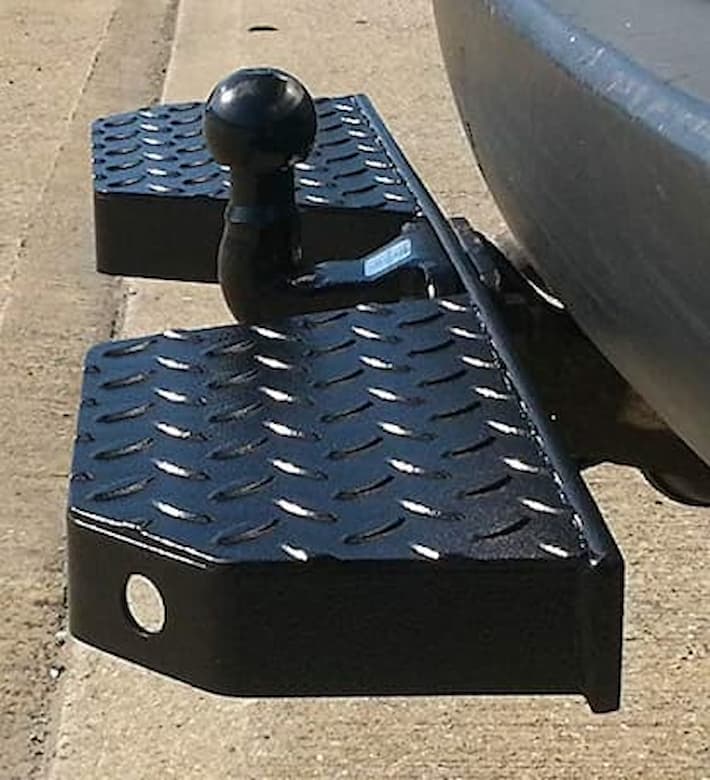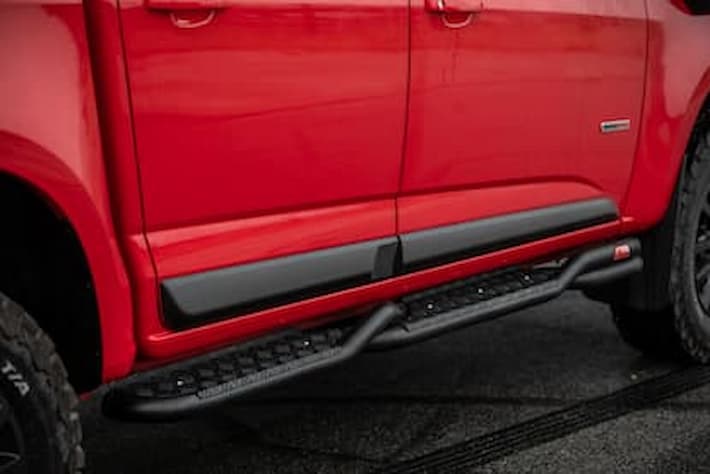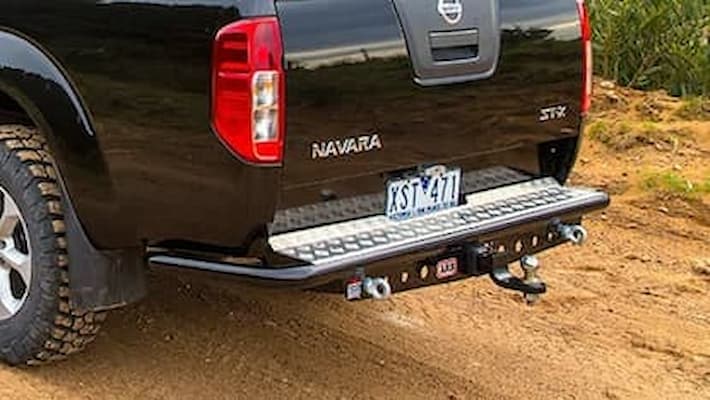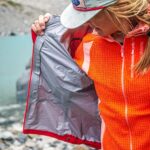If you’ve ever driven a car or truck with a trailer in tow, then there’s a good chance you’re pretty familiar with the Australian towing laws, or the fact that there’s no shortage of them. It’s with good reason, though. Not counting the professional and more casual trailer owners, roughly a tenth of Australian families are also caravan, camper, or trailerable recreational vehicle owners.
With a percentage that high, it’s no wonder that vehicle standards and Australian Design Rules (ADRs) for trailers are as thorough as they are – or that they extend to the towing vehicle’s attachment hardware as well. The bottom line is that you must have the correct towing equipment to pull the size and weight of trailer you have.
Fortunately, it’s not rocket science. Nor does it mean that you’re limited to an assortment of unappealing little towing appendages that look more like they followed you home in desperation than if you’d actually elected to install them on your 4WD.
Big-boy Towbars
If you’re just taking your first steps into the market for towing equipment, the range of choices can seem overwhelming. If, however, your towing vehicle is a 4WD truck or ute, then your decision-making process will probably be markedly simpler than the average driver. Unlike what would you’d encountered with car tow bars, 4x4s with their higher gross trailer mass (GTM) rates are prime candidates for the big-boy tow bars: the 3500kg capacity, Class Four hitches.
Heavy Duty Rear Steps

Make no mistake: Class Four hitches are designed for the kind of towing that 4WDs are built to do; and rear step tow bars are at the top of the Class Four pile when it comes to:
· Strength;
· Sturdiness; and,
· Recoverability.
ADR62 compliant, and built for a range of strong, the mid-sized Toyota, Mitsubishi, Holden and Ford trucks heavy duty car tow bars are meant for pulling weighty loads like caravans, boats, and horse trailers that lesser tow bars – mounted behind lesser vehicles – simply can’t. With their 50mm receivers and 350kg towball weight capacity, neither you nor the authorities have to worry about whether they’re capable of pulling a heavy load.
Solid Construction

The 63mm tubular construction wrapped in a 2mm steel skin makes a combination rear bumper and tow bar that’s impervious to the kind of incidental rear impact you might expect from some overly optimistic character trying to park behind you. This as much as it’s impervious to the not-so-incidental impact of your own overly optimistic off-roading adventures.
The added benefit is that you can also count on it being fully protected and powder-coated against more natural assaults from salt and UV exposure, so that unfortunate scrapes and dings can’t fester into something worse. You can’t go wrong with a car tow bars that are just as durable as they’re strong.
A Sturdy Step that Looks Good
When you look at a rear step tow bar, there’s nothing more distinctive than the beefy sidebars and trademark checkerplate rear step. Sure, they’re tow bars, but they’re very much bumpers too. Sidebar tubing protects your truck’s delicate rear flanks, while the step makes accessing the roof of either your truck or trailer noticeably less challenging.
It’s a superior combination of better departure angles under load with increased ground clearance and rear access to match. And there’s also an excellent chance that whichever rear step tow bar you choose, your retailer will very likely have a front-end bull bar to match it.
(Re)covering the Rear
If you’re an avid off-roader, then you already know that an opportunity to get stuck is always just on the other side of the next hill. Sometimes, getting unstuck isn’t as simple as having a mate conveniently pull you out by your front bumper. That’s why reinforced jacking points and twin 4000kg-rated recovery points on rear step tow bars are standard features.
Plus, with the tow receiver itself, you have the benefit of up to three possible recovery mechanisms. They’re not necessarily the trio of options that anyone’s going to look for in a tow bar, but when push (or pull) comes to shove, they’re guaranteed to be a host of welcomed alternatives.
Well-wired

When it comes to electronics, you can also count on a rear step tow bar to be compatible with your truck’s wiring. Holes for sensors, cameras and number plate lighting are already pre-drilled (which can always be adjusted further if necessary) and for vehicles with stop, tail and indicator lamps integrated into their OEM bumpers, there are built-in recessed LED lights. Most rear step tow bars will also include the necessary Type 1, 2, or 3 wiring for 7- and 12-point trailer light plugs too. If not, you can certainly count on your tow bar retailer to have complete wiring harnesses ready and waiting.
Accessories
We’re talking about more than just bells and whistles: we’re talking about the possibility of needing to use either a weight distribution hitch, or electric brake, sway control, or any other accessory that’ll make your pull easier. At the end of the day, it’s all about getting safely down the road, and a rear step tow bar will help you do just that. The provisions for everything you need are already there. Just hook up your equipment and you’re on your way.
A final thought
At the end of the day, there isn’t too much that can’t be accomplished using a rear step tow bar. When compared with the other types of car tow bar, they combine everything that’s needed into one tough, good-looking package.
When you’re ready to step into the market for a tow bar, don’t discount these stylish heavyweights. They can pull big loads, but they can make even bigger impressions.



